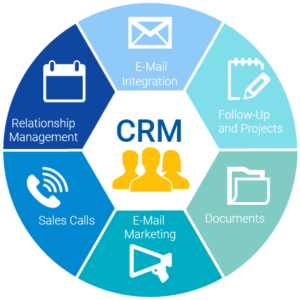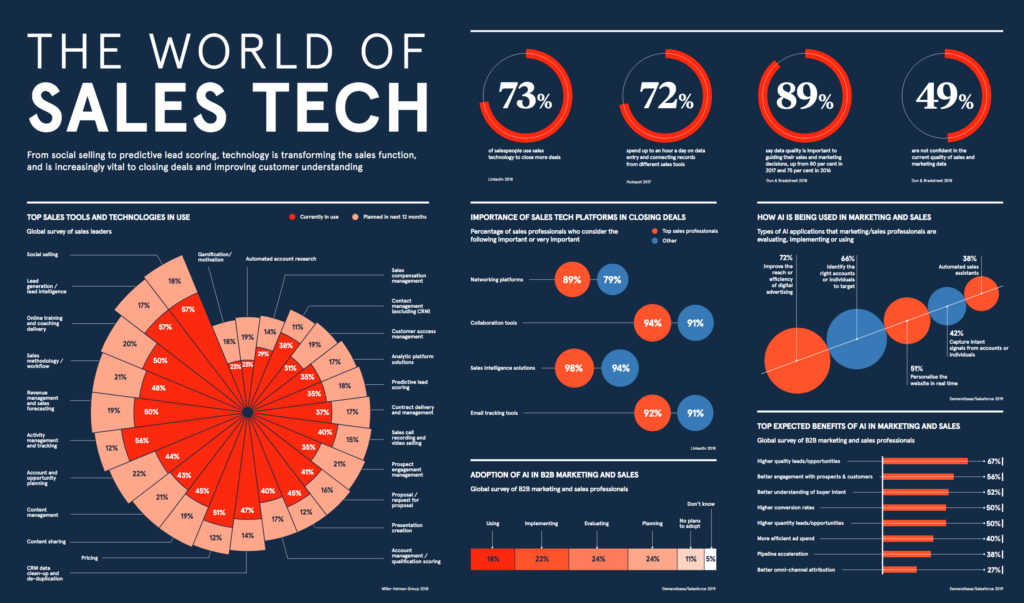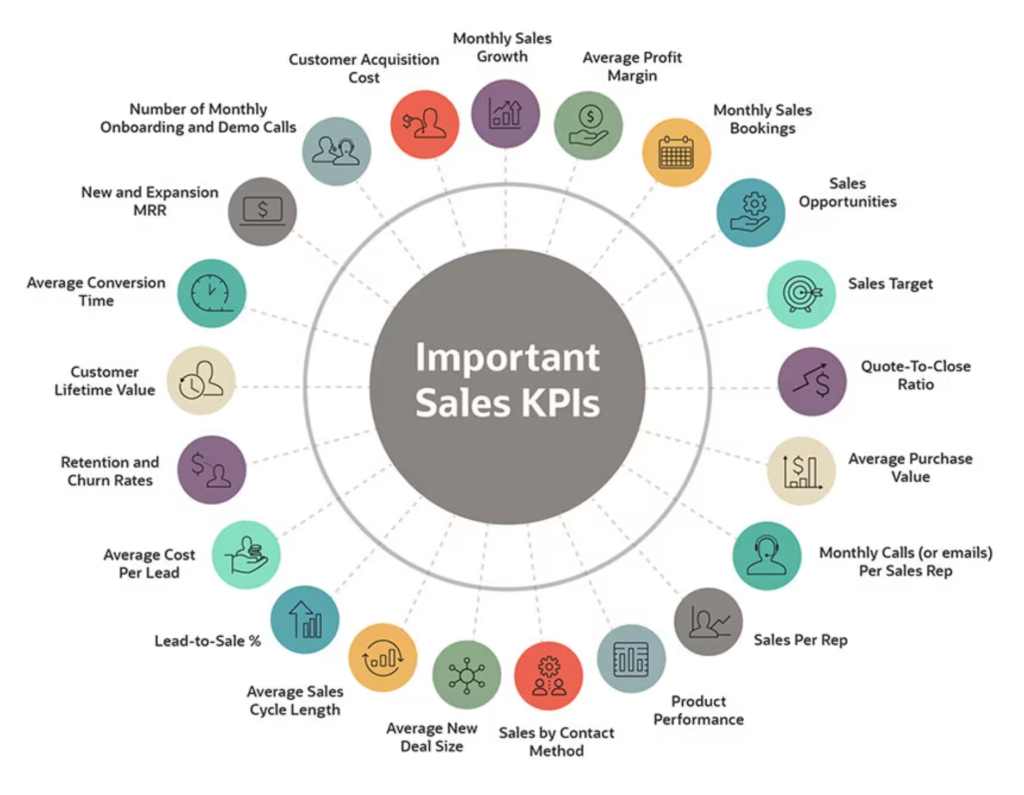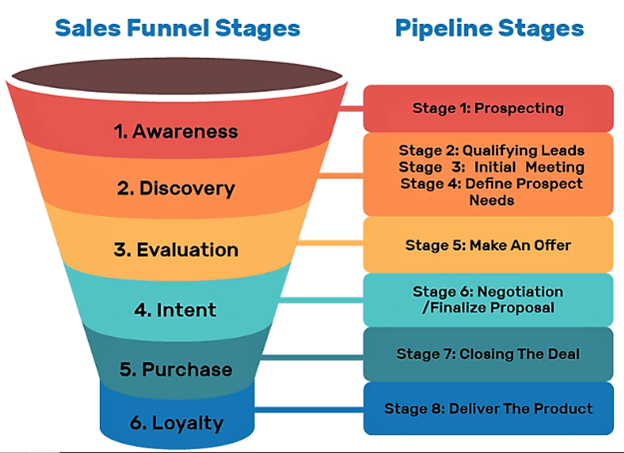How to Analyze Sales Data
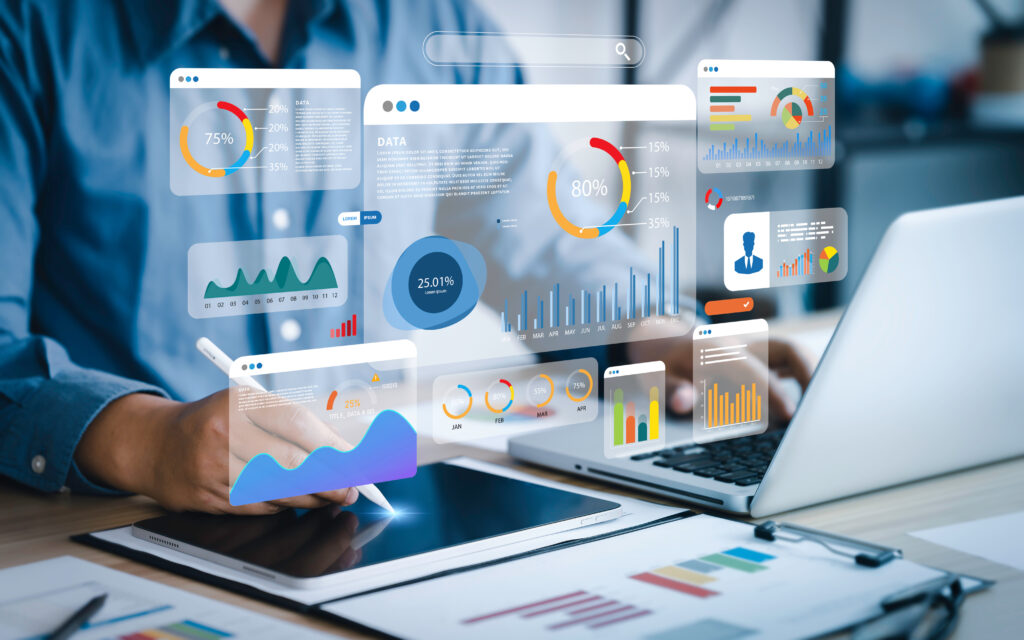
The advanced technology we have now to run our sites help us to manage our data through centralized cloud software, which produces an immediately available sales data analysis.
In addition, the new technology helps us analyze sale data as the collection of information to benefit the sales team. Therefore, it includes customer reach, services, strategies, and performances. Thus, the best technology should consist of not just sales but CRM (Customer Relationship Management): marketing performances, integration tools, and all related to the process that leads to sales.
- It improves services, avoids unfitted customers, makes sales forecasts, compares keyword performances, and supports decisions. In short, this type of analysis is anything and everything you can measure to impulse the sale process.
As such, to compete and prevail, you need to manage this centralized data creatively to gain track of the competition. Moreover, the information you collect will give you the strength to make sales efficiently. Therefore, you need to gather as much information from your clients as possible. The more details you have about the customers, the better it will be to define the needs and precisely target a prospect.
On the other hand, collecting and reviewing data can be lengthy and complicated. Thus, the lack of knowledge in reading the collected data can diminish its use. As a result, you can mislead your team into erroneous efforts and, consequently, bad sales strategies.
What metric do you need and why?
You need to be clear about the sales metric and which one you need to collect. Sales metric represents the performance of an action done by the sales team, strategies, or any other activity done by a company leading to sales. Therefore, the data you need to collect depends on the goals you want to achieve.
Even more, it would be best to have a Key Performance Indicator (KPIs) to manage specific data. In other words, you can measure information that shows the progress of a business’s goals. For example, they indicate whether an organization has achieved its objectives or goals in a specific time frame. But, above all, to work with it, you need to select the method to collect the data.
Here are some examples of KPIs data:
By Monthly sales:
- by new customers
- by returning customers
- gross sales
- net sales
By leads:
- via Facebook
- through Instagram
- leads through each social media or media
- qualified leads
- unqualified leads
Also, you can collect data through:
- Resources
- Costs
- Conversion
- Cart abandonment
The list may go on and on; it depends on what you need or wants to verify. Everything you do for your store should be measurable. As such, metrics give you a more concrete structure of your company and where it stands. On the other hand, don’t go crazy using all types of data. Just collect and analyze the metric you need.
Other types of helpful metrics
An essential type of metric you should collect is financial performance. These could be:
- Net profit margin
- Working capital
- Accountant receivable
- Cash Flow
- Budget variations or expenses
- Vendor expenditures
- Ad’s expenditures
Another type of metric is the Project Management KPIs.
Examples of this typo of metric are:
- Actual Cost
- Cost Performance Index
- Project schedule
- Development backlog
- Resources Allocation
How to collect the metric?
You can use Excel to collect your data, but it is not the same as software specialized in doing this work. Learn how to do Excel through the article: How to Build a CRM in Excel.
The data should be divided into Quarterly sections:
- Q1 (January through March),
- Q2 (April through June),
- Q3(July through September),
- Q4 (October, November, & December).
Therefore, dividing the information into quarters helps you manage and understand such data.
The Main Stages of the Sales Pipeline
Prospecting:
-
- Refers to all awareness efforts directed to a target audience. Includes all the activities to promote an unknown business to proposed candidates.
Qualifying Leads:
-
- The stage of receiving more information about the product or service in exchange for personal information.
Initial Meeting:
-
- The sales team presents demos and schedules meetings or other activities to introduce potential clients to the product (or services).
Define Prospect Needs:
-
- Identify your potential client’s problems or needs and collect as much information about the potential client as possible.
Make an Offer:
-
- Present yourself as the best asset to solve the potential client’s problems or needs.
- In addition, you must demonstrate great grounds for why your business is better than competitors.
Negotiation:
-
- It refers to purchasing strategies to achieve a standard agreement through prices, expectations, or any scope of work.
Closing the Deal:
-
- You already have a sale!
Delivery of the Product:
-
- Don’t think about shipping; think about the totality of the services.
- include the whole process from the order until delivery
- evaluate the pros and cons you had on the way, and start developing better strategies to alleviate difficult spots
What do you need to know about Sales Pipelines?
If you are running a business, you need to know how efficiently the company is regarding the investments and the revenues.
Sales pipelines provide important data any business owner must know. Here are some examples of the efficiency of sales pipelines:
From leads to Cash Flow:
When you receive leads, that doesn’t mean they will buy your products or services. In most instances, over 60% of your leads never end in conversion.
Therefore, when the sales team has this information, they can consider that only 10% to 15% of those leads may turn into sales.
Consequently, it gives the team a more specific idea of the budget or revenue the business should receive. Once the team gets the number of leads for a particular period, they can change the sales funnel and pipeline to help increase the number.
Sales Teams Actions
The sales pipeline shows you the sales team’s actions in the business. For example, when your sales team works towards a goal, in most cases, to increase revenue and loyal customers, if after some time that outcome is not reached, then it is time to evaluate the strategies and the team.
Leads
It helps you score your leads. Also, the sale pipelines will help you define pointers with more potential to buy from those with minimal potential to convert.
Length of time taken to manage conversions
Use it to define the time it takes a prospect to purchase. Thus, it will give you a clear idea of the behavior of that type of client, the strategies that help to close the deal, the time-lapse it takes, and the resources invested, among many other information.
Help you with bottleneck
Investigate why the sales are “stuck.” This action will help you open the door to finding a new form to improve conversions, like faster quotes or methods to work with purchase discrepancies or shipping irregularities.
Improve Performance
Generate information to improve performance, team selection, future profits, budget management, training, and funnel expectations. The advantages you receive through the sales pipeline and any other metric method greatly benefit a business.

